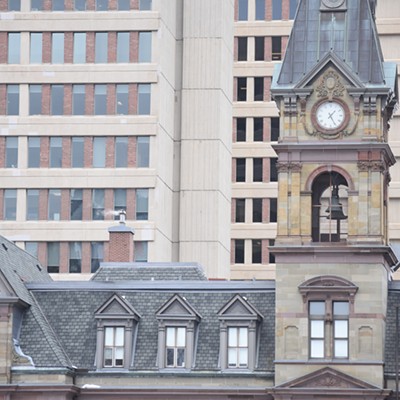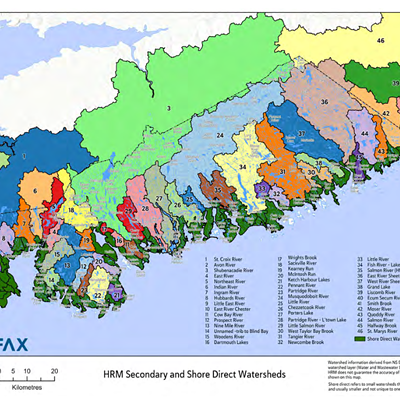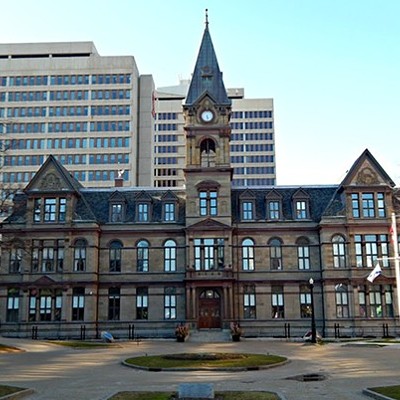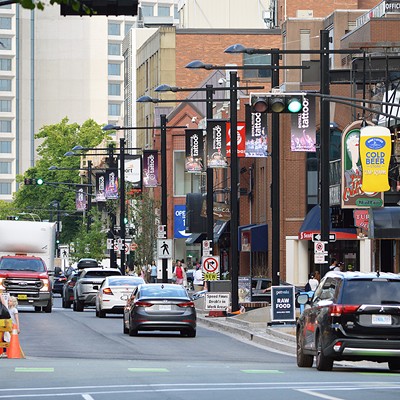The city of Halifax takes fiscal responsibility seriously, but only when it wants to punish people for doing the right thing. This is why bus fares are going up 9.1% to $3 as of September 1, 2024. For those who may need the refresher, this 25-cent fare increase has been in the works since last (fiscal) year’s budget season in early 2024. During a February budget meeting, head of Halifax Transit Dave Reage told councillors that running his department was costing more money, so they needed to bring in more revenue.
At the time (and whenever this comes up) councillor Tim Outhit pointed out that raising fares on transit is like punishing people three times for taking the bus. He also always points out that the city has many plans like the Integrated Mobility Plan, the Moving Forward Together Plan and HalifACT which all say some variation of “Halifax wants more people riding the bus.” But even though the city says these things, instead of making bus rides more attractive by getting rid of fares it charges people three times over for the privilege of getting on a bus. Transit is paid for out of the general rate (meaning everyone who pays property taxes pays for transit), and it’s paid for by a special tax rate that people who live within 1km of a bus stop have to pay, and it’s also paid for by transit fares.
One of the reasons the city charges so much for transit is that Halifax Transit costs a lot of money to run and having a good transit system is important to the long-term success of the city. Therefore Transit must be well funded. This makes sense. What does not make sense is why Halifax Transit is the only mode of transportation that gets this type of fiscal scrutiny in a city that claims to care about fiscal responsibility and risk management.
In the report to councillors at budget season, the Risk Assessment section of Halifax Transits budget report reads in part:
In addition, the administration seeks to reduce these risks in three ways: by providing Regional Council with several fiscal options to assist in the achievement of longer-term strategic outcomes, by assessing both corporate and capital project risk, and by providing the opportunity to draw Regional Council's attention to project or program related risks when reports are presented for consideration.
And to be fare (ha!) city staff did provide some fiscal options, like changing bus routes to be a bit more efficient, but the suggestions weren’t really all that good because they don’t really aim to solve or mitigate enterprise and fiscal risks to the city.
Here’s what a city staff with a functioning risk management framework would have suggested as an option to council: Halifax Transit has a shortfall of about $700,000 that they are trying to make up. One of the ways the city could free up some money for Reage’s beleaguered buses is by treating automotive infrastructure the exact same way the city treats transit infrastructure.
Take, for example, the Fairmount Subdivision. There are approximately 6.8km of roads in that subdivision, and even though those roads primarily benefit the people of that subdivision everyone in the city pays for them. This type of road is called a local road and Figure 11 in the Integrated Mobility Plan has a map of where they are. Like bus stops within 1km of a house, local roads are infrastructure that primarily benefit the people who are closest to it. City staff could have taken public works’ books and determined that the 6.8km local roads in a subdivision like Fairmount cost about $175,000 to maintain. To do some fun math, if you take the tax data of Fairmount it’s possible to ballpark (city staff could calculate) that the 562 houses in that subdivision pay about $2.8 million in property taxes. If the residents of Fairmount had to pay for their roads to a sustainable rate then this would result in a property tax increase of about 6.25% or roughly $310 a year. Halifax Transit’s entire budget shortfall could be covered by applying the bus stop tax framework to less than 30km of local roads.
There is no good reason why the city isn’t charging more for driving infrastructure either through parking fees or a local road tax. But there are a bunch of bad reasons. If the city cared about fiscal sustainability they’d have charged local roads before bus stops, or at the very least the municipal means tested or cost recovery policies would not primarily be directed at the poorest in the HRM. If the city cared about the environment it’d be raising fees on driving years before it considered raising the fees for the bus.
In fact whenever it comes to raising fees for driving, like parking fees, there is massive pushback. People claim that they will stop driving if fees go up, and council always backs down. But if we lived in a city with councillors that cared about their much-celebrated strategic plans (or much-beleaguered Enterprise Risk Register), then people coming to complain that a new fee will achieve the goal of a strategic plan (or mitigate an enterprise risk) should be a reason to increase fees, not keep weekend parking free.
Because the truth is, regardless of intent, more important than equity, the environment or fiscal sustainability, the only thing our city consistently does is to continue to accommodate and prevent the inconvenience for the people in this city who have the most costly and destructive public subsidies.
We’re paying more for the bus in September because by policy the city we live in doesn’t actually care about our needs unless we drive.
gd2md-html: xyzzy Thu Aug 15 2024














